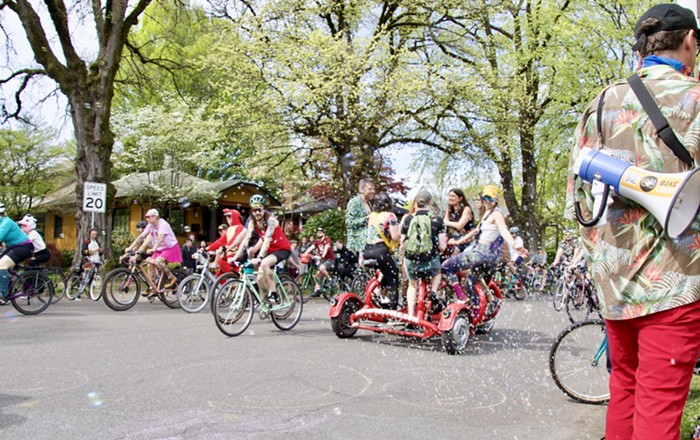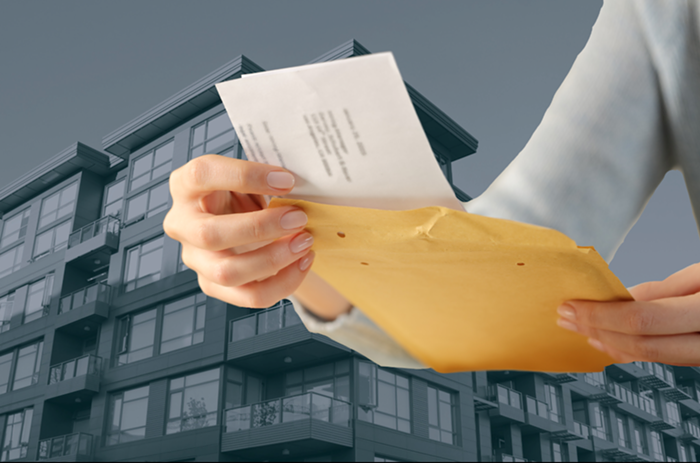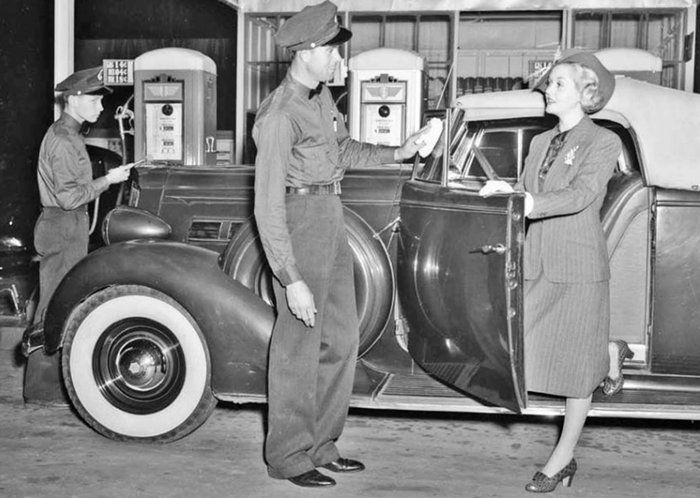An interesting piece today from the new fiverthirtyeight.com.
Two researchers analyzed (limited) data from streets in Minneapolis and NYC—both before one lane of traffic was replaced with bike lanes, and after. Their findings: Yes, the changes make roads slightly more crowded. Done thoughtfully, though, bike lanes needn't cause congestion (plus they increase the attractiveness of cycling in a city, which brings with it a great many benefits). From the story, which you should read:
This is an important point: Bike lanes don’t cause a lot more congestion if you put them on the right streets. If you cut down the size of streets that are already near capacity, you’ll create severe congestion. But if you start with roads that are well under capacity, you’ll only increase the congestion a little bit. And it may not even be noticeable. Slimming down these roads that are too “fat” is known as a road diet — and yes, that is the technical term.
And here's a helpful graph of congestion before and after the addition of bike lanes on 10 Minneapolis streets:

- fivethirtyeight.com
This is a concept the city's currently looking into on SW Barbur. Plenty of people argue that busy stretch is already too taxed, and that eliminating a lane would lead to cataclysm. But Barbur's also one of the most direct routes to far-flung sections of southwest Portland, and so should perhaps be more accessible to everyone.
As bikeportland.com has reported, a study this summer—when Barbur will be under construction—won't be a one-to-one comparison of what effect bike lanes might have, but it will give us a better idea.













